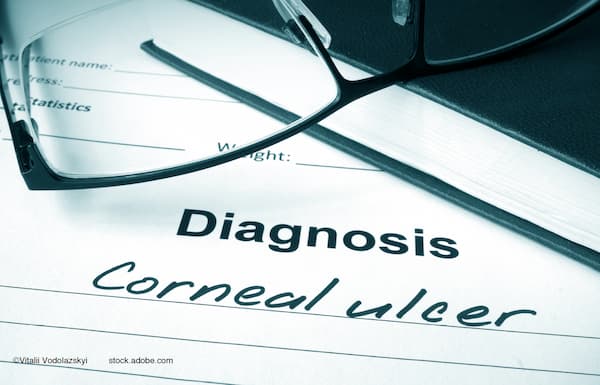Article
Effective communication skills make life simpler
The situation that follows frequently goes downhill. Communication disasters can be diplomatically salvaged, however. More important is learning to apply proactive strategies that can help keep the communication flowing smoothly to minimize or eliminate future communication breakdowns.
We've all been part of a workplace situation in which communication has gone bad.
The situation that follows frequently goes downhill. Communication disasters can be diplomatically salvaged, however. More important is learning to apply proactive strategies that can help keep the communication flowing smoothly to minimize or eliminate future communication breakdowns.
Part one of this two-part article will look at communicating with your patients. The conclusion will deal with communication among your office staff.
Not everyone is born with the gift of gab. Close your eyes and think back. Were you raised in a communicative family? Did your family share ideas, aspirations, expectations?
Whether it happens face-to-face or via e-mail, cell phone, TV, or a handwritten note, communication is a process of transmitting or exchanging information. Let's take a close look at all aspects of communication, its appropriate uses, and how to help make the communication in your office positive.
So, what are some of the barriers of comprehension? If it is near lunch, you may be thinking of what you'll have to eat. If a patient has an optical complaint, you may think of yourself as superior. If you had an argument at home last night, your mind may not be fully at work. When at work, however, you must act professionally and allow for full attention and comprehension to take place with whomever you are communicating.
Being a respectful listener involves allowing people to say what they have to say. Doing so can be especially difficult when emotions enter into the communication. A positive and non-judgmental attitude makes it much easier to listen and interpret the meaning. Focus on both the verbal and non-verbal messages, not the deliverer of the message. Doing so also requires patience on your part to wait out what it is the person has to tell you. Interrupting a person while he or she is speaking is unacceptable.
Newsletter
Don’t miss out—get Ophthalmology Times updates on the latest clinical advancements and expert interviews, straight to your inbox.




